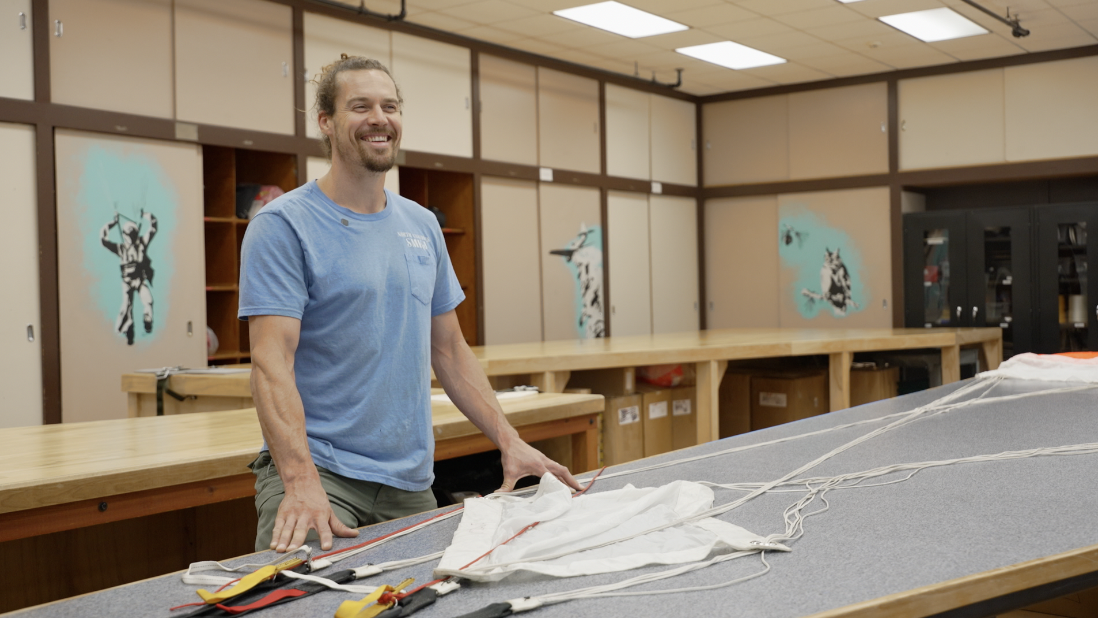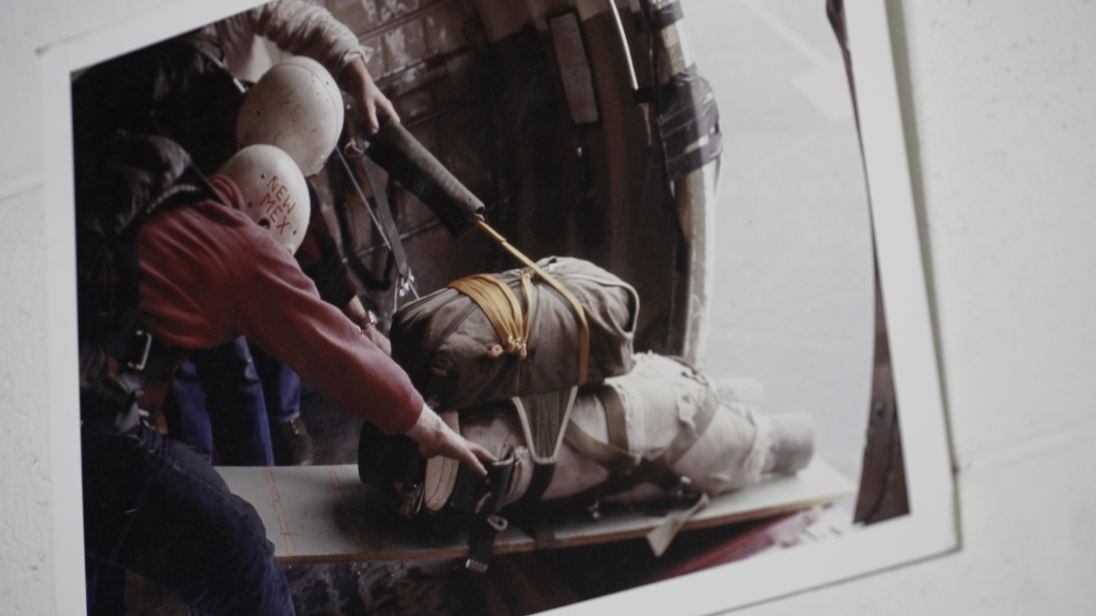MISSOULA — 1949 was a major fire year for the Helena National Forest.
The Mann Gulch Fire which would claim 13 lives — including 12 smokejumpers and one former smokejumper — was first reported 75 years ago on August 5.
The fire's impact lives on in the training and mindset of current smokejumpers in Missoula.
- RELATED: Graveside memorials held for Kalispell men who died in the Mann Gulch Fire
- RELATED: History experts recount deadly Mann Gulch Fire
- RELATED: Missoula fire sciences lab develops tools to help keep public, firefighters safe
- RELATED: Mann Gulch mural unveiled in Helena
- RELATED: The story of Miss Montana before the Mann Gulch fire 75th anniversary
- RELATED: Families of those lost in the Mann Gulch Fire reflect on the impact still felt
- RELATED: Ceremony honors Mann Gulch Fire victims
- RELATED: Weather Wise: The Weather of the Mann Gulch Fire
- RELATED: Montana teen works honor the firefighters of the Mann Gulch Fire
“When your parachute safely opens, you know you're gonna live," shared Missoula smokejumper Tyler Ware. "And it's just quiet, there's a light breeze and you're looking out over the most beautiful country.”
Smokejumpers are a unique necessity here in the West.
“I actually often say that I was raised for this job or fire in general,” said Ware recalling his childhood experiences in team sports and in scouting.

Specially trained, elite firefighters drop themselves out of airplanes to battle blazes in remote locations.
“A person will be sitting in the door with their legs hanging out and kind of underneath the door. And then there's a spotter, a person on board that doesn't jump, looking out the door, kind of figuring out just exactly where they're going to be released out over the jump spot," detailed Scott Jones who has been jumping since 1994. "The spotter goes through some throwing streamers and figures out wind drift and where they want to release the jumper. And they'll yell get ready."

Getting crews to a fire in the air brings them key information before boots hit the ground.
“The advantage of showing up over fire by air is you can see where the fire sits. You can see the activity on it,” explained Jones.
Since they are often isolated from other resources, smokejumpers have to rely on only the gear with them and their wits.
"It's just a fire truck with wings, [with] all the cargo and necessary supplies for them to do work for about three days unsupported out in the woods," Jones told MTN.

When the smokejumpers at the Mann Gulch Fire were trapped in August of 1949, foreman Wag Dodge, started a back burn fire in an effort to protect himself and his crew. He was the only one who stayed in the black. Others ran and perished, but Dodge survived.
It was something that had never been done before and ultimately changed how crews now fight wildfires.
“We do a lot of back burning on fires, essentially you rob the fire of what it needs to burn," shared Jones. "So, now part of our training because of what happened at Mann Gulch and in other situations is, if you have fire coming at you and you can reasonably make a safety zone in a flashy fuel by all means, set that on fire and go into that and that will protect you from the flames that are coming at you,” he emphasized.
Through remembering the sacrifice and stepping out to take new risks, teams are bonded together.
“The fire in front of you and the guys beside you, it's camaraderie, it's having guys that you trust around you and it's having a mission that you're going to push forward and do what you need to do to get the job done,” stated Ware.




